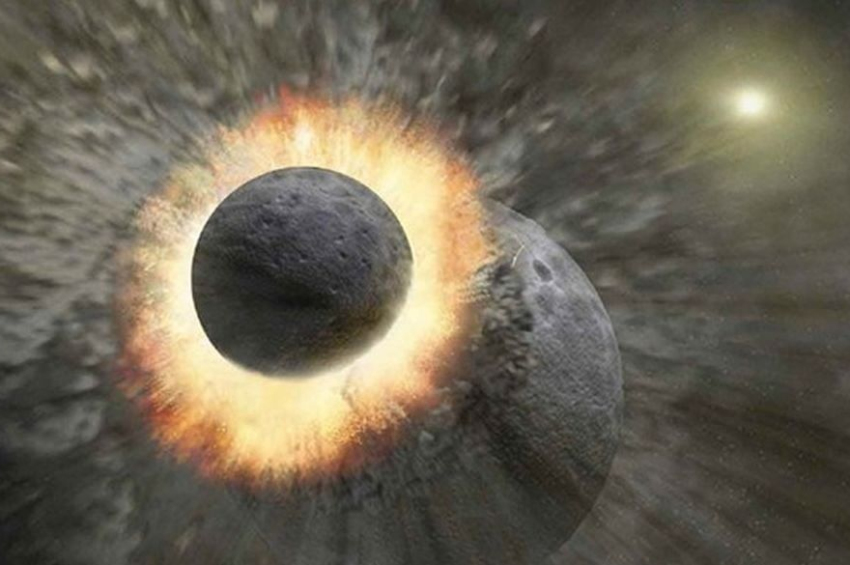Study suggests Pompeii was rocked by earthquake before getting buried under lava
In 79 A.D., the Roman city of Pompeii in central Italy was obliterated by the catastrophic eruption of Mountain Vesuvius, but new evidence reveals that powerful earthquakes also played a crucial role in the tragedy.
It was Roman statesman Gaius Plinius Caecilius Secundus, better known as Pliny the Younger, a teenager at the time, who provided the only surviving eyewitness accounts of the disaster through letters to the Roman historian Tacitus. His detailed descriptions have been vital for understanding the event both by his contemporaries and by researchers today.
More to read:
[video] Archaeologists claim they found a villa where the first Roman emperor died
During the first day, Vesuvius erupted explosively, sending volcanic material nearly 20 miles into the sky. Pumice lapilli - a type of lightweight volcanic rock - rained down on Pompeii for 18 hours, accumulating up to nine feet in depth, causing many roofs to collapse and resulting in some deaths.
Most of the estimated 2,000 deaths, however, occurred on the second day when the summit of Vesuvius collapsed. This event unleashed a pyroclastic flow - a fast-moving surge of hot rock and ash - that engulfed Pompeii, killing residents almost instantly.



![[video] Guess who’s hiding more than 8 kilometers below the ocean’s surface?](/news_img/2025/11/13/news0_mediu.jpg)
![[video] Putin rules from shadows: Investigation finds Russian leader rarely works in Moscow](/news_img/2025/11/11/news1_mediu.jpg)


